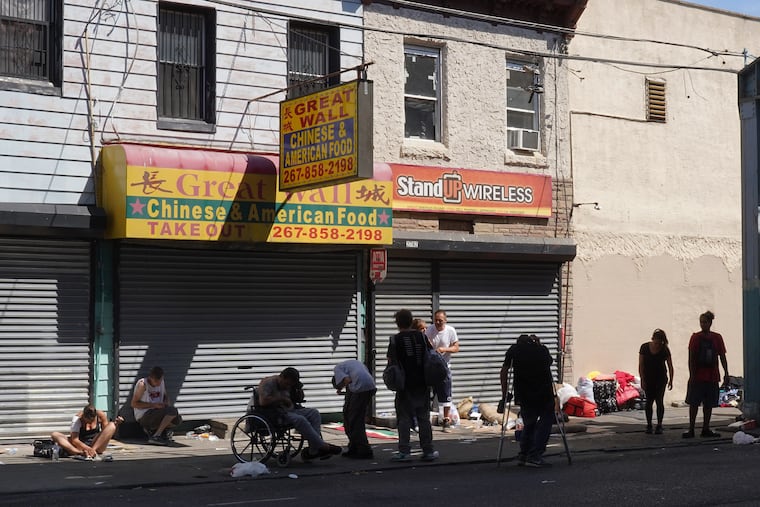Celebrate Philly’s decline in poverty — but with caution | Editorial
Understanding poverty through a single data set is limiting – both to our understanding of the problem, and our responses to it.

Anyone looking for a clear snapshot on the state of poverty in the city and beyond has had a confounding week. The Census bureau released its American Community Survey results on Tuesday, and the news — some of it, anyway — was good. Nearly 15,000 fewer people in the city live in poverty, and median household income has increased to $46,116 (up from $43,372).
Further good news: the Census Bureau confessed that the data it reported on for last year’s ACS was wrong. That report, based on 2017 data, was baffling to many because it had showed a steep decline in income, and rising rates of poverty, counter to what the country was experiencing.
But to add to the confusion: A report by the Annie E. Casey foundation released last week broadcast the news that Pennsylvania saw an increase in the percentage of children living in high poverty areas—one of only ten states with an increase. Comparing census data from 2008-2012 and from 2013-2017, researchers found 12,000 more children living in concentrated poverty neighborhoods, an increase of 9 percent.
What do these seemingly conflicting findings tell us? Simply, that understanding poverty through a single data set is limiting — both to our understanding of the problem, and our responses to it. In fact, the standard governmental measurement for poverty is completely outdated and only gives a narrow view of the issue. It doesn’t, for example include government supports like housing and food stamps.
The supplemental poverty measure gives a fuller picture, but even that view is limited. Just as important as the numbers of people living in poverty is how poverty operates. It is a moving target, not a solid state.
» READ MORE: Food stamp myths and rule changes will drive up hunger | Editorial
The good numbers about Philadelphia are due to a strong national economy; the city’s unemployment is a low 4.9 percent and the labor market is tight. Philadelphia is rising via a strong tide, but if that wave crashed, those gains could be erased immediately.
That’s why our response to the latest news should be both celebratory and cautionary. The city still has 377,116 people living in poverty and we are still the city with the most deep poverty. Many city leaders pay more than lip service to related policies, but there are deeply historic and embedded roots of poverty in the city, and a single good forecast doesn’t mean the problem is solved.
High-poverty neighborhoods, as the Casey report makes clear, provide fewer opportunities for education and healthy food, and more exposure to environmental hazards, like poor air quality and social hazards such as violence. These contribute to a self-perpetuating cycle, which is why a focus on childhood poverty is so critical.
Recent local efforts, like a lead paint bill recently passed in City Council, or a food justice program just launched by the Department of Health, can make a difference in breaking the cycle. State lawmakers, who virtually ignore poverty as an issue, should take note and pay more attention to education and housing support.
Meanwhile, rising incomes for Philadelphians, and fewer living in poverty is very good news — and long overdue.